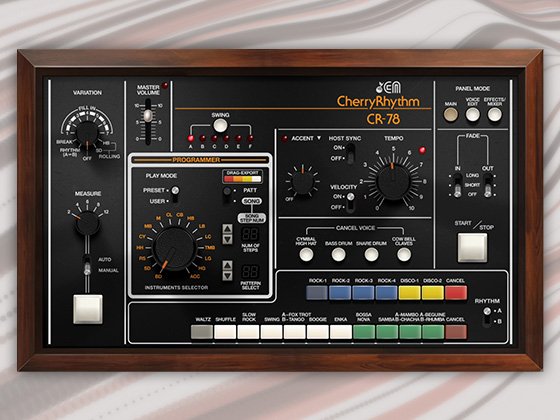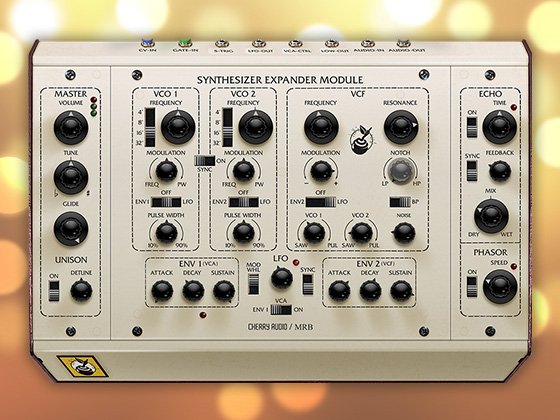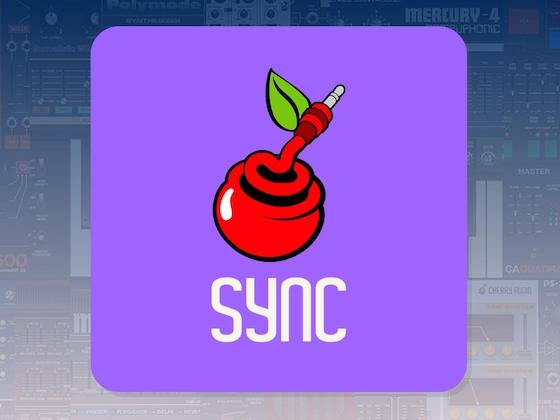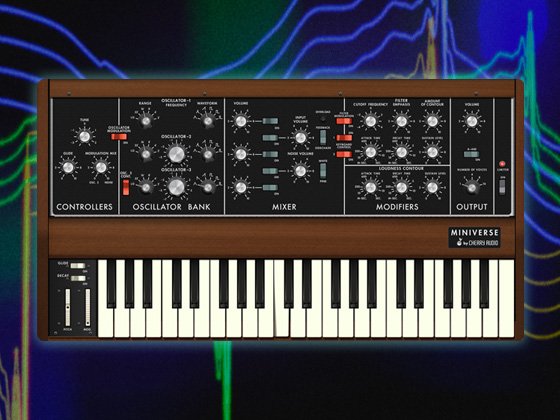$4.00
CM22x Follower - Multi-algorithm Envelope Follower
What is it?
Given an input signal, audio or CV, CM22x Follower produces a smoothed CV signal out which follows the amplitude. The smoothed signal is has adjustable slew over the attack (how quickly the CV output signal increases) and release (how quickly the CV outpit signal decreases). CM22x Follower includes 7 follower algorithms that interpret or modified the followed signal with slightly different character, allowing everything from classic reproductions to semi-generative CV signals.
What is it good for?
Envelope followers can be used for interesting modulation or ducking effects. Passing audio into the follower can be used to increase or decrease other effects based on how loud the signal is (non-linearity). For example, as a signal gets louder (peaks), it could increase the mix on distortion, reverb, or chorus, providing a much more dynamic application of effects. Things get interesting when following a different audio signal, using the peaks or valleys of that signal to modulate parameters of a separate signal. For example, this could be used to produce ducking effects, such as low pass filtering a sound whenever the source signal is high.
Video Manual & Demo
https://www.youtube.com/watch?v=yWqn-0xwnGs
Audio Demo
Please note that CM22x Follower does not make any sounds on it's own. The audio demo features the module being used as a CV modulation source, affecting a filter's cutoff.
Modes
- Boolean - Forces peak amplitude once the waveform crosses the halfway point. Use this mode to ensure the follower always reaches max value, even if the audio isn’t that loud.
- RMS - A much smoother follower than exposes the Root Mean Square (RMS) of a signal as a CV value. RMS is commonly the algorithm used to render the peak meters on audio equipment. Use this algorithm for a subtle modulation CV which slowly changes over time.
- Vintage - An emulation of a more crude vintage follower circuit. Most notable here is that attack and release interact with each other due to the simpler nature of this circuit.
- Modern - An emulation of a modern follower circuit which has discrete attack and release, and applies slightly more smoothing than Vintage.
- Wander - Modern's irresponsible brother. Sure, he follows the envelope of the signal... sometimes. He's not the most detailed oriented. Use this to add some variety to envelope following modulation, or as a source of generative CV.
- Step - A lower resolution follower that produces coarse steps instead of smooth releases. Use this algorithm as a digital or glitchy modulation source.
- Remap - A mathematical mapping of the follower signal. This produces a signal that is close to inverted, with the addition of an initial attack 'spike' for extra character. Remap was referred to by beta testers as "the techno algorithm" for it's ability to turn following into punchy off beat hits.
Controls
- A - Attack - Increases the amount of time (smooths) it takes the follower to peak
- R - Release - Increases the amount of time (smooths) it takes the follower to reset back to 0
- Level - Increase or decrease the follower out amount
- Mode - Changes the envelope follower algorithm
Inputs / Outputs
- in - Input signal. Must be patched to use module.
- thru out - Copy of the input signal passed through the module.
- follow out - Follower CV output
- inv out - Inverted "follow out"
nortiks
Apr 20, 23
Great for guitar
Vintage, Modern, Remap are great for guitar with Vintage my favorite. Use with any filter in the arsenal for autowah and autofilter!
Title of Song
-
color-follower-demo



















































































